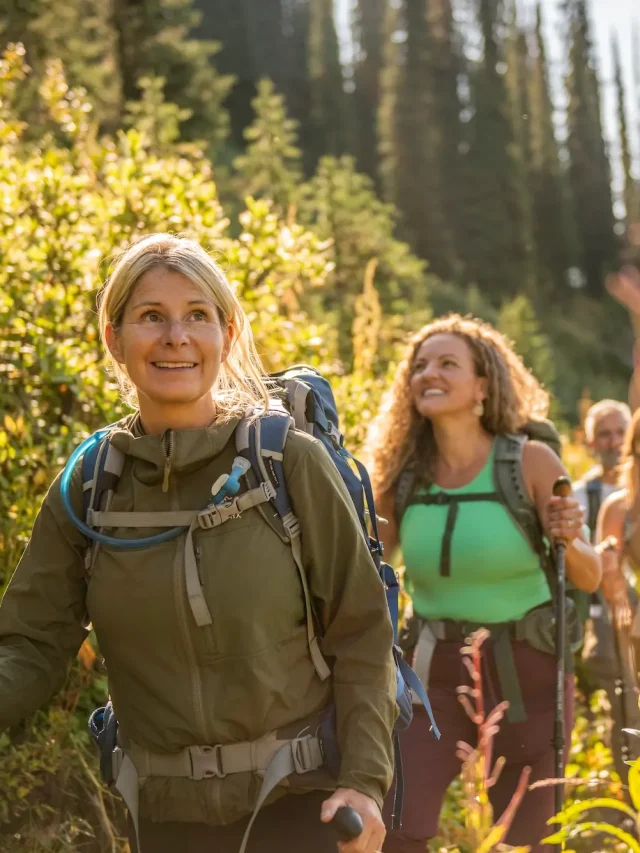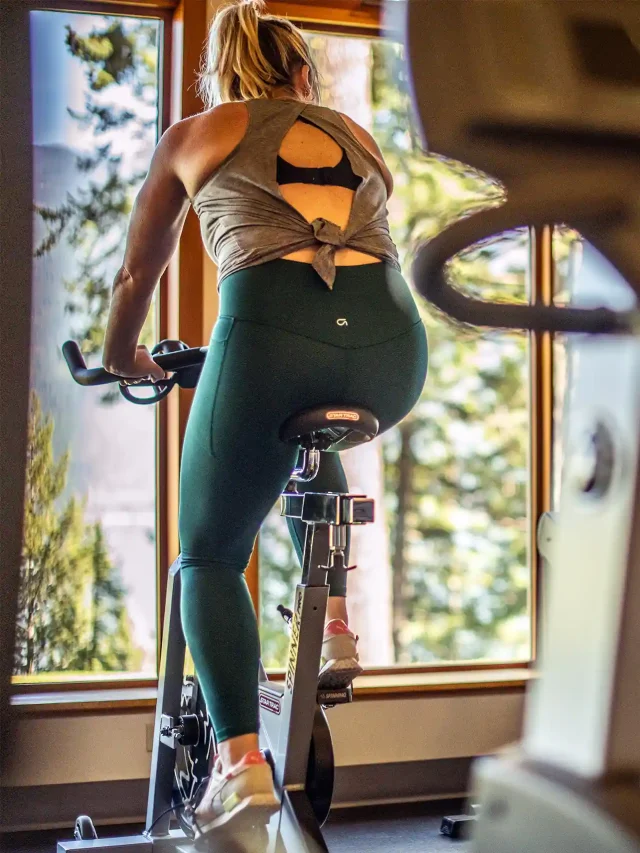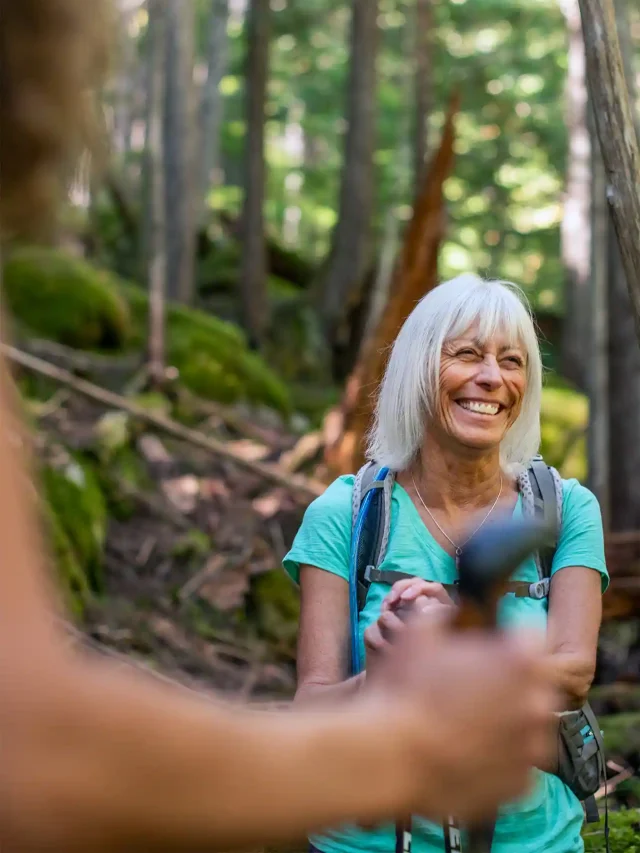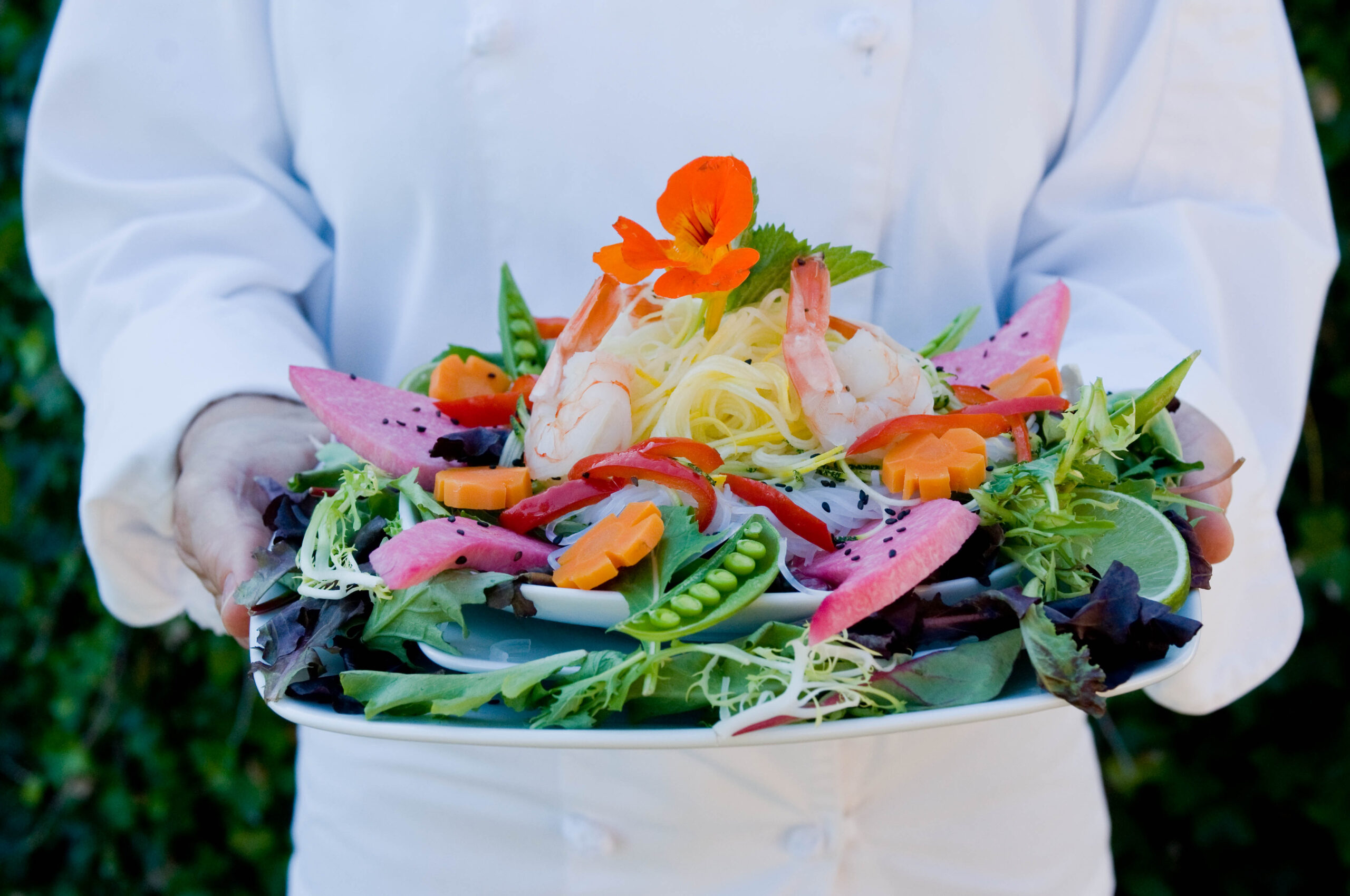
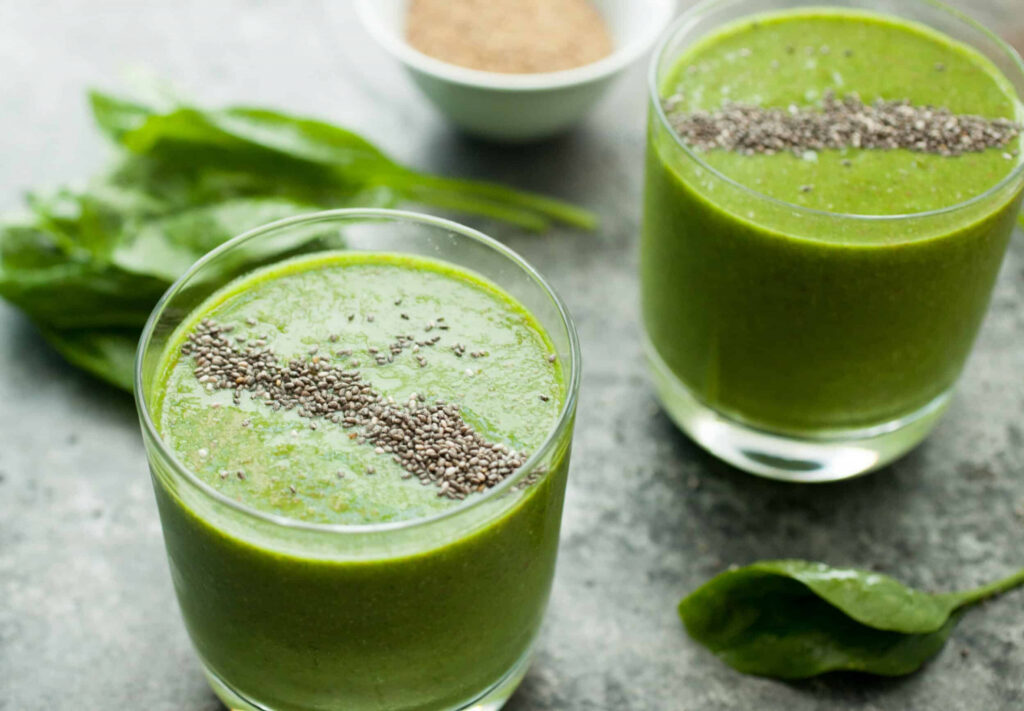

THE NUTRITION RETREAT YOU’VE BEEN LOOKING FOR
Feeling burnt out, anxious, or just need to slow down? Unplug from your stressors as you immerse in deep nature during the day and find tranquility in our spa and lodge at night – Mountain Trek allows you to receive the individualized attention you deserve.
Each 3-4 hour fitness hike is unique, and we’ve picked the very best the area has to offer, taking full advantage of the local Provincial Parks and trails. Guests are divided into three to four fitness-based groups and led by experienced hiking guides trained in Wilderness First Aid. Lunch is eaten each day at a convenient spot along the trail – usually a scenic location such as a waterfall, alpine lake, meadow or glacier-fed river. In addition to being a highly rewarding health program, we’re one of the most amazing hiking destinations in Canada – you will love our gorgeous hikes!
DISCOVER THE NUTRITION
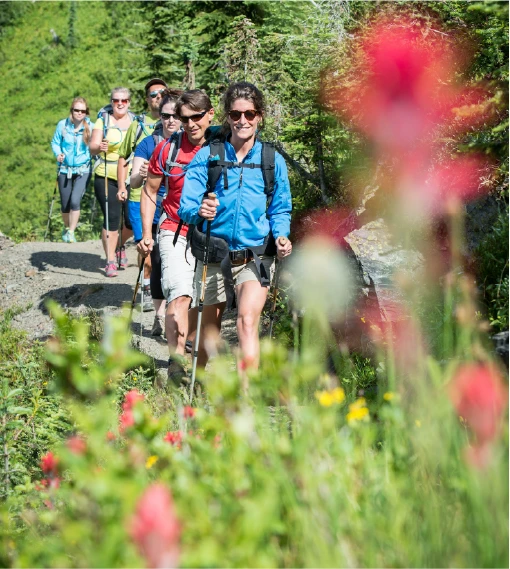

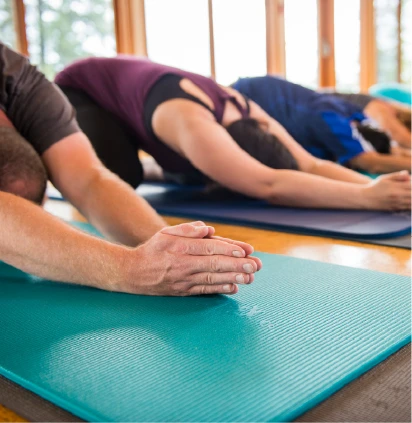





So much more than a NUTRITION retreat
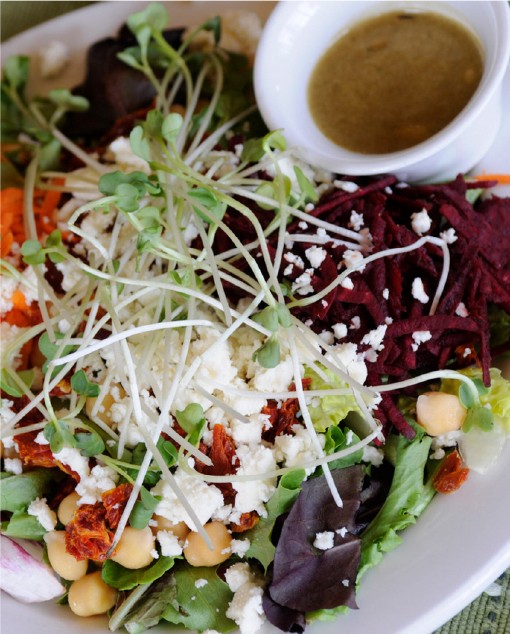
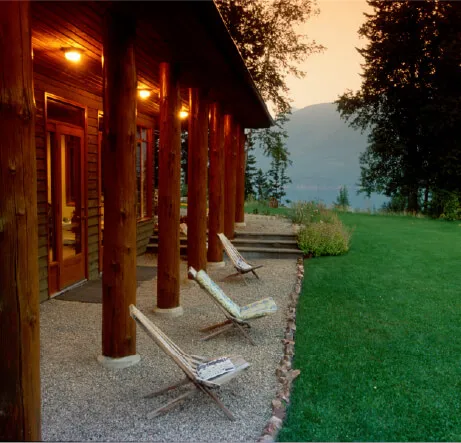
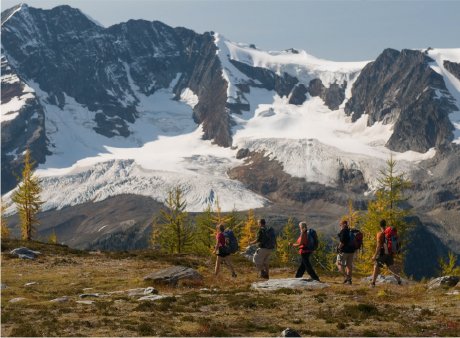
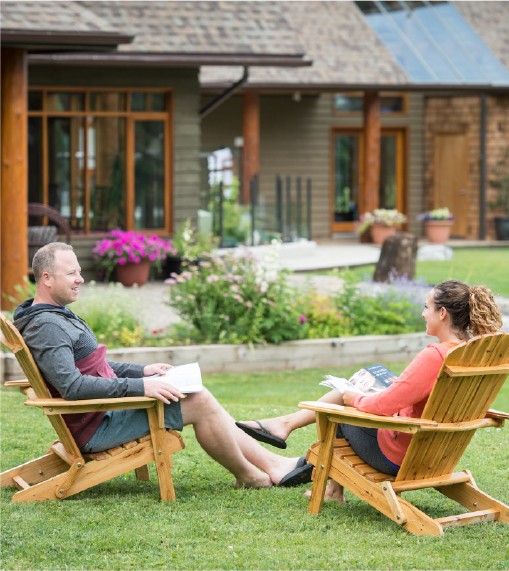
SIGN UP FOR OUR NEWSLETTER
Get first access to new programs and limited offers, as well as our most valuable health tips, tricks, and discoveries. Join our growing community by signing up below.

